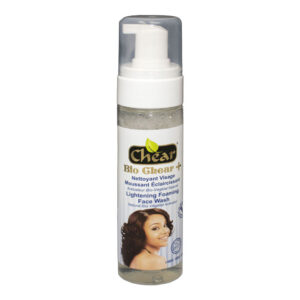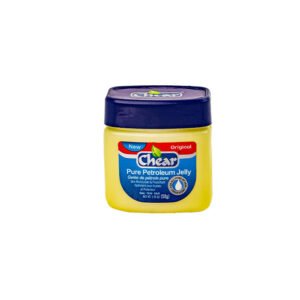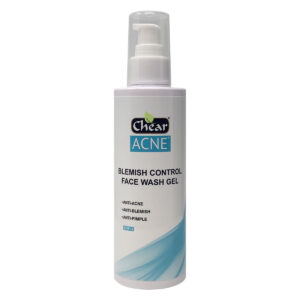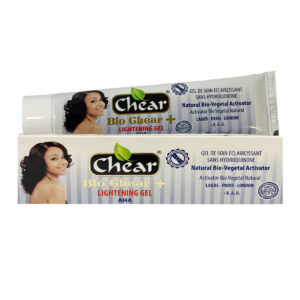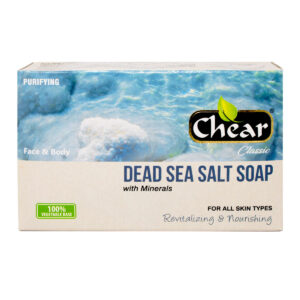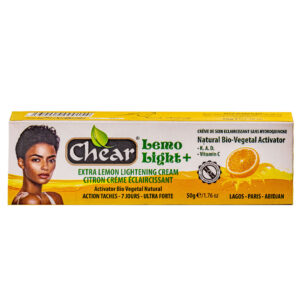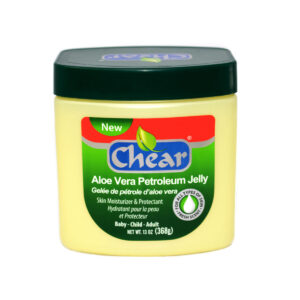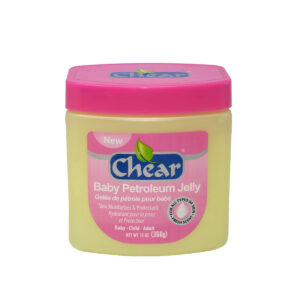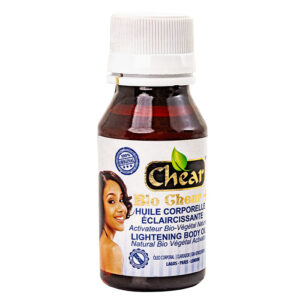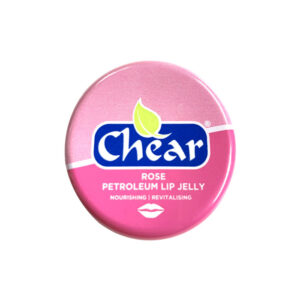- Home
- Beauty Tips
- What You Should Know About Hyperpigmentation
What You Should Know About Hyperpigmentation
Hyperpigmentation is a common skin condition that affects people of all ages and skin types. It is characterised by dark patches or spots on the skin, which various factors can cause. In this blog, we will discuss what you should know about hyperpigmentation.
Causes of Hyperpigmentation
There are many causes of hyperpigmentation, but the most common ones include:
Hormonal Changes:
Hormonal changes during pregnancy or menopause can lead to hyperpigmentation.
Aging:
As we age, our skin produces less melanin, which makes it more vulnerable to hyperpigmentation.
Post-Inflammatory Hyperpigmentation:
This occurs when the skin is damaged due to acne, eczema, or other skin conditions.
Genetics:
People with a family history of hyperpigmentation are more likely to develop the condition.

Kojic Acid
Symptoms of Hyperpigmentation
Hyperpigmentation is characterised by dark patches or spots on the skin. These patches can be of various sizes and shapes and may occur on any body part. The colour of the patches varies from brown to black, and they can be flat or raised.Treatment for Hyperpigmentation
There are several treatment options available for hyperpigmentation. The choice of treatment depends on the severity of the condition and the underlying cause. Some of these treatments include:1. Topical Treatments:
Over-the-counter creams containing retinoids or kojic acid can help lighten the dark spots.2. Chemical Peels:
This involves applying a chemical solution to the affected area to remove the upper layers of the skin and reduce the appearance of dark spots.3. Laser Therapy:
This involves using a laser to target the melanin in the affected area and break it down, which leads to a lighter skin tone.
Ascorbic Acid
CHEAR CARROT LITE + Skin Lightening KIT (8 ITEMS)
Prevention of Hyperpigmentation
There are several steps you can take to prevent hyperpigmentation, including:
1. Wearing Sunscreen:
Applying a broad-spectrum sunscreen with an SPF of 30 or higher can protect your skin from the harmful effects of UV rays.
2. Avoiding Tanning Beds:
Tanning beds can cause sun damage to your skin, leading to hyperpigmentation.
3. Treating Skin Conditions:
Treating skin conditions such as acne, eczema, and psoriasis can prevent post-inflammatory hyperpigmentation.
4. Choosing Skin Care Products Carefully:
Choosing correct skin care products that do not contain harsh chemicals.

Lactic Acid

The Verdict
Hyperpigmentation is a common skin condition that affects people of all ages and skin types. There are many causes of hyperpigmentation, including sun exposure, hormonal changes, aging, post-inflammatory hyperpigmentation, and genetics. Treatment options include topical creams, chemical peels, and laser therapy. Preventing hyperpigmentation involves wearing sunscreen, avoiding tanning beds, treating skin conditions, and choosing correct skin care products.

Chear Beauty @ Sonik Products Ltd | Company No: 3184821
Chear Beauty @ Sonik Products Ltd, Block C, Woodside End, Wembley Alperton, Middlesex HA0 1UR




